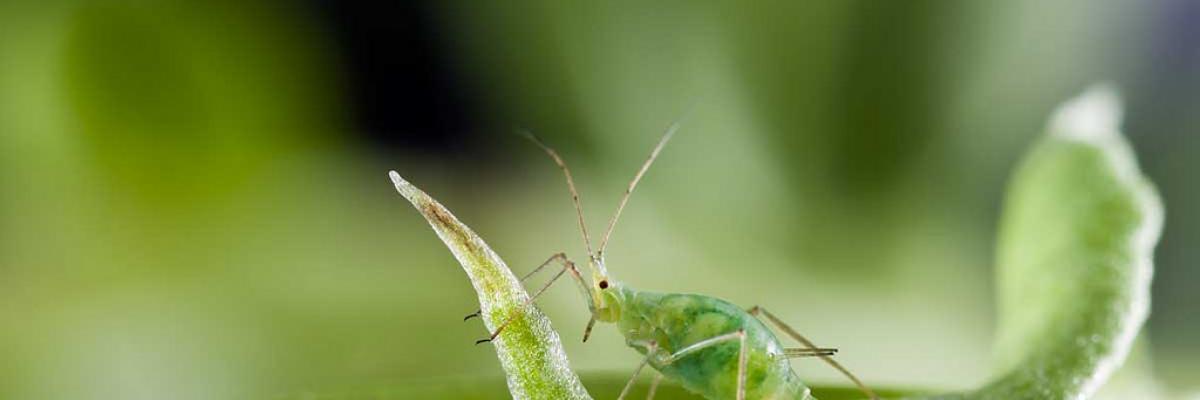
Sustainable Control of Crop Pests
Summary
Download the PDF
This PDF is a succinct 5-page summary of a 125-page report on biological control methods for major UK crop pests. The review was carried out by the Game & Wildlife Conservation Trust with support from the Frank Parkinson Agricultural Trust.
Information is based on novel and age-old techniques to sustainably manage crop pests, including manipulation of farm ecological infrastructure and modification of tillage regimes.
The biological control methods are divided in to five crop groupings: cereals, oilseed rape, potatoes, peas & field beans, and outdoor vegetables. Key pests and related management practices are identified for each crop group.
The document demonstrates how an integrated approach might assist pest reduction and reduce environmental impacts.
The summary aims to widen farmers understanding of biological control at a time when plant protection products face more restrictions due to current regulatory frameworks.
- You can use a range of biological and cultural control methods to reduce pest numbers.
- It may be necessary to use a combination of approaches. Techniques used to control certain pests may also be relevant to pests of other crops. It is important to choose what is most relevant to your farming system.
- The key pests covered for each crop grouping are:
- Cereals: aphids, frit fly, gout fly, leatherjackets, orange wheat blossom midge, slugs, wheat bulb fly and wireworms.
- Oilseed rape: aphid, brassica pod midge, cabbage root fly, flea beetles, leatherjackets, pollen beetle, slugs and weevils.
- Potatoes: aphids, slugs and wireworms.
- Peas & field beans: aphis, bean seed flies, bruchid beetle, leatherjackets, pea and bean weevil, pea moth, slugs, thrips and wireworms.
- Vegetables grown outdoors: aphids, cabbage root fly and bean seed flies, cutworms, diamond-back moth, leatherjackets, silver Y moth, slugs, thrips and wireworms.
- Information for each pest species within the full report is divided into headings of: an introduction and life history, potential to cause damage and information regarding their abundance, pest thresholds, potential for control (chemical, biological and cultural), and outlook (a table summarising the different management options).
- You can access the full report here and within the summary document.

